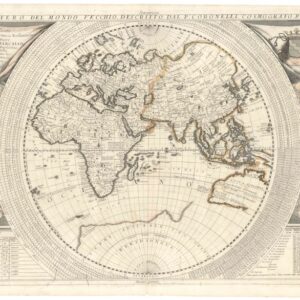A Japanese perspective on the European Crisis in the lead-up to World War II.
Latest Map of the Situation in Europe (with an overview of the national strength and defenses of the major powers) [最新歐洲大地圖 (附列強國勢國防一覽)]
Out of stock
Description
Depicting European military power on the eve of the European crisis that would lead to World War II, this map appeared in the January 1, 1936 (Showa 11) New Year’s edition of King (キング) magazine, a major monthly periodical. It provides a great deal of information on the military and economic situation in Europe at the time and the relationship of Japan to the emerging European conflict.
Aside from the map itself, insets, charts, and graphs discuss the trade (including bilateral trade with Japan), military strength (broken down into land, sea, and air forces), and diplomatic relations of European powers. A legend notes roads, railways, sea and air routes, ports, wireless telegraph stations, cities, the locations of Japanese consulates and embassies, and geographic features.
Two inset maps sit below the legend: the map at right shows Europe’s borders before the Great War, while the map at left shows the distribution of ethnicities and ‘races’ in Europe according to a color-coding system, with Latins as brown, ‘Teutons’ as red, Slavs as green, Celts as purple, and Asians as yellow.
This map was published at a time when Europe and the world began sliding towards a major conflict. Japan had already invaded Manchuria in 1931 and established a puppet state more than twice the size of the Japanese home islands, an act that some historians consider the true beginning of the Second World War. It further occupied large portions of northern China in the mid-1930s and took an increasingly strident tone in its relations with foreign powers, especially Great Britain and the U.S. In Europe, soon before this map’s publication, Italy had invaded Ethiopia and established the Rome-Berlin Axis with Nazi Germany (which Japan was already eager to join). The Soviet Union, and to a lesser extent the United States, was the common denominator between the situations in Europe and Asia. Both Japan and Germany viewed the Soviets as hellbent on exporting Communism and frustrating their own ambitions. By the end of 1936, Japan and Germany had signed the Anti-Comintern Pact, a predecessor to the Tripartite Pact signed with Italy in 1940. Within a year of this map’s publication, the Spanish Civil War also began, becoming a major proxy conflict between competing European powers. The following July, Japan and China would bring a full-scale conflict, one that would eventually lead Japan to set its sights on Southeast Asia and eventually lead to conflict with the U.S.
This map was edited by Fuchida Tadayoshi (淵田忠良), engraved by Mori Yoshio (森芳雄), and printed by Yokota Shūji (横田秀治), both of Dai Nippon Printing (大日本印刷株式會社), and published by Dai Nippon Yūbenkai Kōdansha (大日本雄辯會講談社) as a supplement to the January 1, 1936 (Showa 11) edition of King (キング) magazine.
Cartographer(s):
Dai Nippon Printing, established in 1876, is a Japanese printing company.
Condition Description
Minor visible loss, some discoloration and spotting. Repaired. Else good.
References
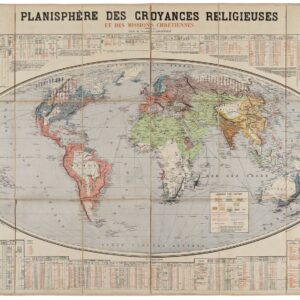
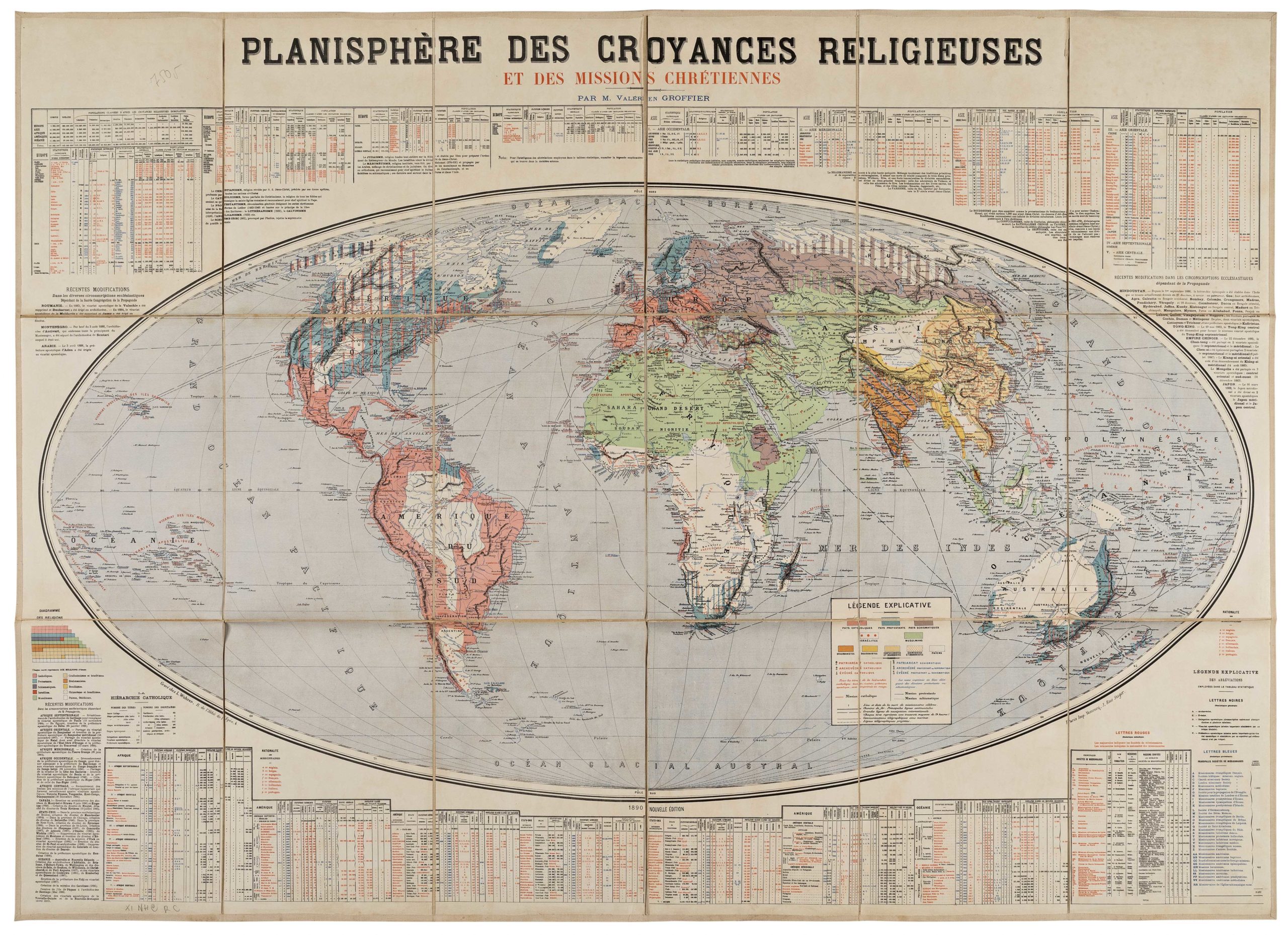
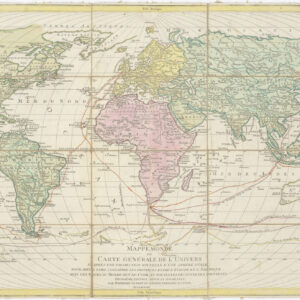
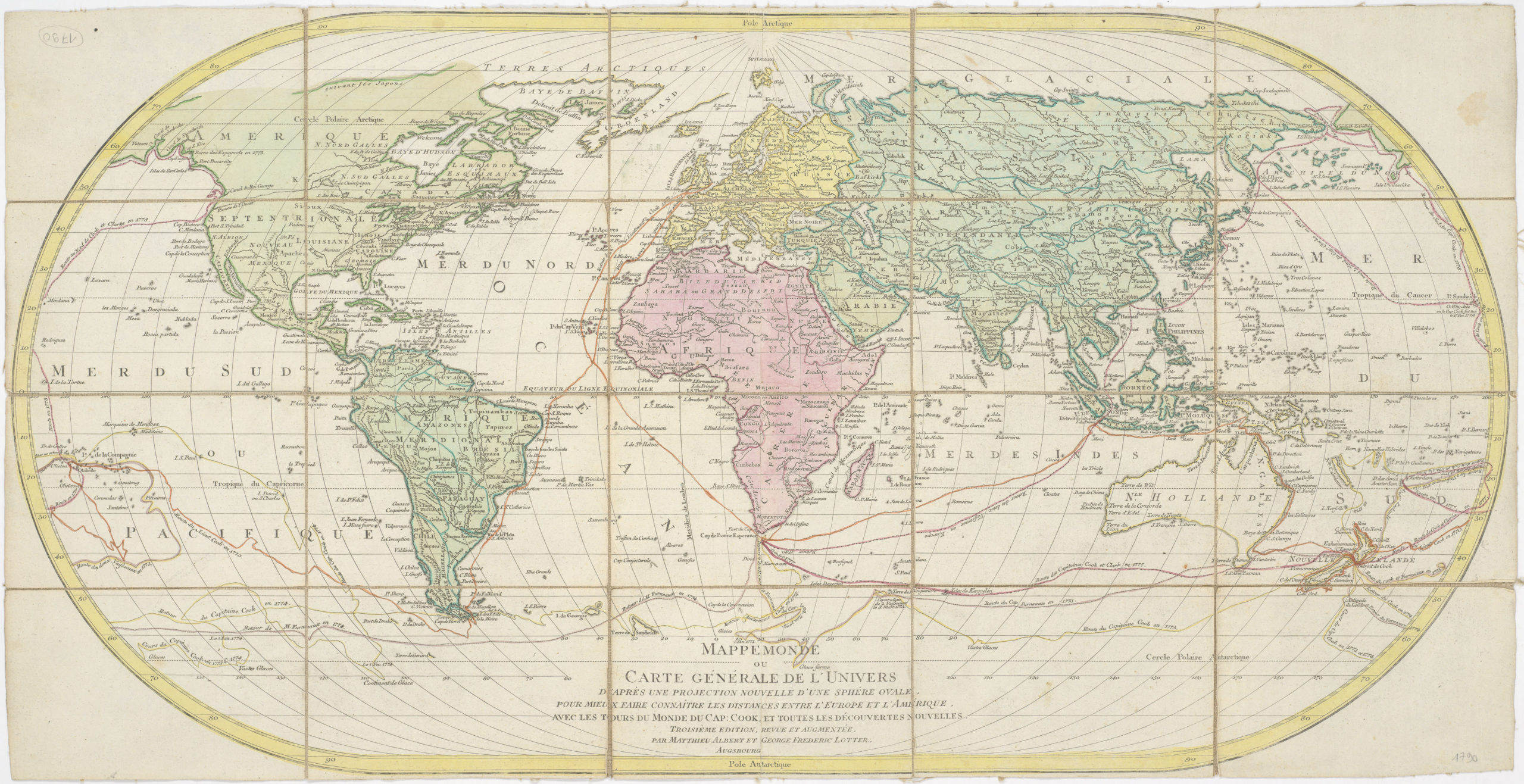
![[Dr. Seuss] This Is Ann….. She Drinks Blood!](https://neatlinemaps.com/wp-content/uploads/2024/05/NL-01354_thumbnail-300x300.jpg)
